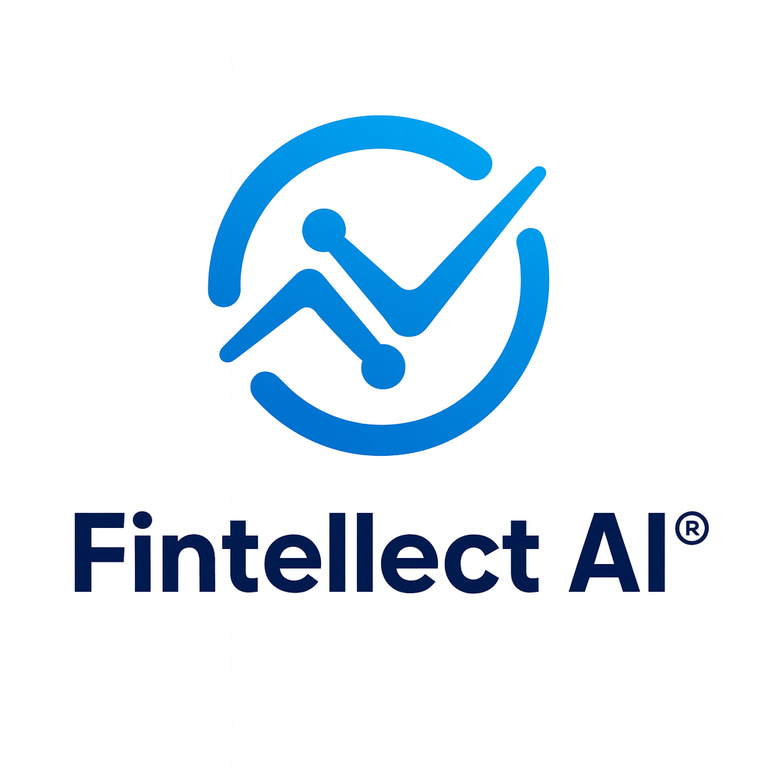The AI Finance Lab: How to Teach an AI to Think Like a CFO
What It Really Takes to Move from Insights to Intelligence in Modern Financial Planning
Zhivka Nedyalkova
5/29/20253 min read


What It Really Takes to Move from Insights to Intelligence in Modern Financial Planning
AI Is Not (Yet) a CFO — But It Can Think Like One
If you’ve ever asked ChatGPT to build a forecast, you know this: it will give you something — a neat table, a plausible trendline, even commentary. But ask it why those numbers make sense, or what to do next — and you’ll quickly hit a wall.
Teaching an AI to think like a CFO isn’t about data entry. It’s about context, judgment, and decisions under pressure.
So how do we get there?
А Case Study: A SaaS Startup on the Edge of Scaling
Context:
A fast-growing SaaS company with $1.2M in ARR is entering a critical growth phase. Cash reserves are limited, and runway is shrinking. The CFO wants to know:
Are we burning too fast?
Can we afford to hire a sales team next quarter?
What happens if we delay infrastructure upgrades?
CFO`s want forecasting, yes — but also scenarios, trade-offs, and trusted decision-support.
Here’s how they taught their AI assistant to think like a strategic finance partner.
Step One: Map the CFO's Mental Model
Before code or prompts, the team mapped out how the CFO actually makes decisions. It looked like this:
Baseline forecasting: cash inflow/outflow (3–6 month horizon)
Pipeline modeling: probability-weighted sales and churn
Risk buffers: worst-case + cost delay modeling
Decision checkpoints: hiring, CapEx, marketing push
Confidence range: margin for uncertainty
This becomes the “thinking structure” the AI must replicate.
Step Two: Choose the Right Models — and Combine Them
They didn’t use just one model. Instead, they stacked:
ARIMA for short-term trend forecasting
Logistic Regression to model churn risk by customer segment
Scenario testing using rule-based prompts to simulate delayed CapEx
Custom logic prompts to simulate budget freeze responses
This ensemble approach mirrors how real CFOs triangulate between probabilities, gut instinct, and board expectations.
Step Three: Add Context — the Secret Ingredient
Here’s where most AI tools fail. Without context, models make generic recommendations.
This team fed their AI assistant:
Monthly burn trends from the past 12 months
Sales cycle velocity and win rate by segment
Fundraising expectations (realistic, not idealized)
Seasonality patterns (e.g., Q3 slowdowns)
Hiring freeze policies and board risk tolerance
Suddenly, the AI's recommendations sounded like a CFO, not a spreadsheet.
Step Four: Human-in-the-Loop Isn’t Optional — It’s a Feature
The CFO never gave full control to the model. Instead:
AI produced 3 rolling forecasts based on different assumptions
CFO chose one, added notes, and requested a revised version
The assistant responded with a recalibrated scenario, labeled with pros/cons
The result? A dynamic conversation between model and judgment — not a one-shot answer.
This is where AI stops being a tool and becomes a partner.
Step Five: Build Explainability In
Every forecast and recommendation was:
Traceable — linked to source assumptions
Explainable — included a plain-English rationale
Challengable — could be adjusted with new inputs
This isn’t just good practice. It builds trust.
Especially when real money — and people’s jobs — are on the line.
Results: Smarter Trade-offs, Faster Decisions
Thanks to the AI-assisted workflows, the SaaS CFO was able to:
Delay CapEx by 45 days to extend runway by 2.3 months
Identify pipeline bottlenecks that would’ve gone unnoticed
Forecast with 85% accuracy using real-time adjustments
Most importantly, the CEO and CFO now spend less time checking models and more time strategizing scenarios.
What Finance Leaders Can Learn
This wasn’t about replacing the CFO. It was about amplifying the CFO's thinking process.
To teach an AI to think like a CFO:
Don’t just feed it data. Feed it decisions.
Don’t just build a model. Build a thinking workflow.
Don’t chase precision. Chase better trade-offs.
Because real finance leadership is rarely about being “right” — it’s about being resilient.
✅ Next in the AI Finance Lab:
We’ll explore how to automate early-warning systems for cash risk — without sounding false alarms.
